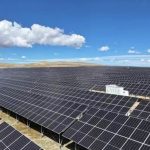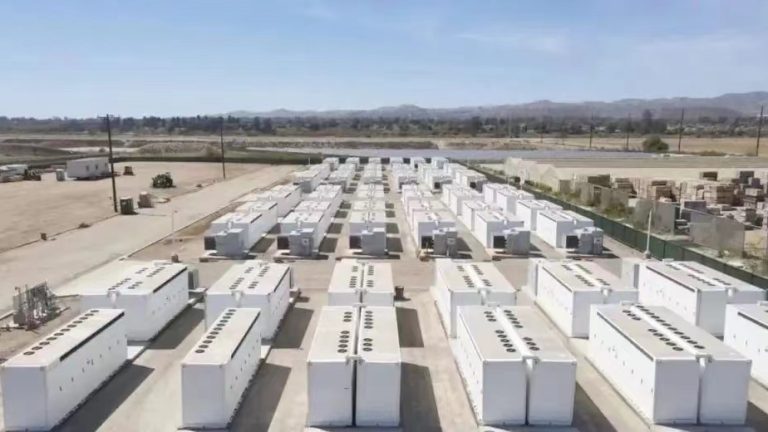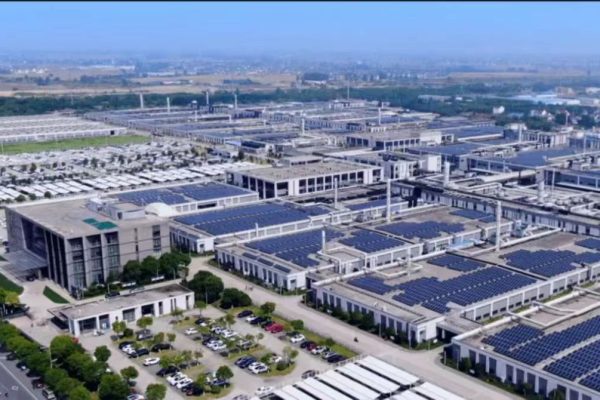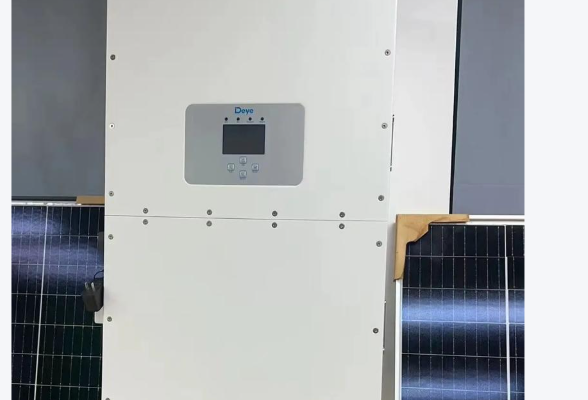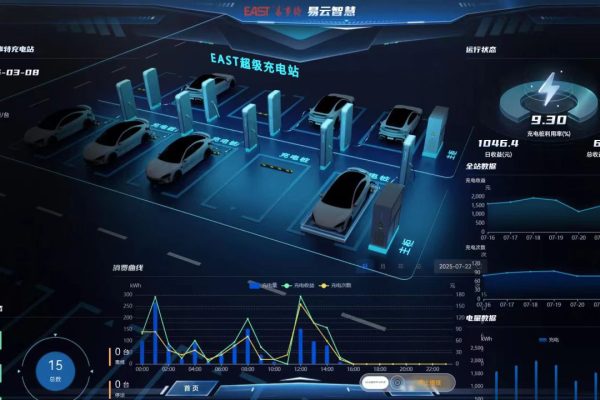What Small EPCs and Technical Traders Can Learn from Real Deployments
Commercial and industrial (C&I) solar + storage projects across Africa are growing — from small factories to schools, clinics, farms, and telecom base stations. But while the need is high, these projects present unique logistical, technical, and commercial challenges.
In this article, we summarize 5 key lessons learned from real-world C&I project deployments (5–200 kW) across East, West, and Southern Africa — especially useful for SMEs, technical traders, and early-stage EPC firms.
⚡ 1. Grid Instability Is the Norm — Not the Exception
In many African countries, C&I customers often deal with:
- Frequent blackouts and brownouts
- Wide voltage/frequency fluctuations
- Load shedding with little advance notice
Lesson: Always size the hybrid inverter system for off-grid autonomy, even if it is grid-tied. This means:
- Including battery backup capacity for at least 4–6 hours
- Choosing inverters with fast transfer time (<10 ms)
- Prioritizing products with strong anti-islanding and voltage ride-through settings
🛠️ Tip: Make sure to pre-program inverter settings for grid instability before shipping to site.
🛒 2. Logistics and Spare Parts Matter More Than Specs
Even the most efficient inverter or high-capacity battery means nothing if:
- There are no local spare parts
- The unit needs to be shipped out for minor servicing
- The installer has to fly in for firmware upgrades
Lesson: When sourcing for Africa, prioritize:
- Products with modular repairability (e.g. swappable control boards)
- Local partners who can handle basic diagnostics
- Brands that offer remote firmware updates or OTA diagnostics
📦 Don’t just ask about performance — ask about support chain and shipping lead times.
🔋 3. Lead-acid Still Exists — But Don’t Design for It
Although some legacy systems still run on flooded or GEL lead-acid batteries, almost every new C&I project in Africa is moving to LFP lithium due to:
- Heat resistance
- Depth of discharge
- Charge/discharge cycle life
Lesson: Don’t offer backward compatibility as a selling point. Instead, promote:
- Smart BMS-equipped lithium systems
- DC-coupled designs that reduce inverter losses
- Modular battery banks (10–50 kWh stacks)
🔌 Be ready to educate end-users on the long-term ROI of lithium over lead-acid, even if capex is higher.
🌡️ 4. Heat, Dust, and Humidity Are Engineering Realities
From Nigerian rooftops to Kenyan telecom towers, equipment is often exposed to:
- 35–45°C daytime ambient temperatures
- 70–90% humidity
- High dust levels or even sandstorms
Lesson: Choose hardware rated for IP65 or better, with:
- Active or passive heat dissipation
- Derating curves suited to tropical conditions
- Fans or filters that can be easily cleaned
🌍 Products designed for EU garages may not last long in outdoor African deployments.
💰 5. Payment Structures Shape System Design
In many African markets, end-users cannot pay full upfront capital. Instead, systems are often financed via:
- Leasing or PAYGO models
- NGO or donor-led capital
- Power Purchase Agreements (PPAs)
Lesson: Design systems with predictable output and low O&M costs, since cash flow depends on system uptime.
- Prioritize stable LFP chemistries
- Avoid exotic brands with unclear repair protocols
- Monitor systems remotely for proactive troubleshooting
💡 Installers and technical traders need to act like investors — not just suppliers.
🔎 Summary Table
| Challenge | Design Focus | Your Advantage as an SME |
|---|---|---|
| Grid instability | Fast-transfer hybrid inverters + batteries | Custom settings & preprogrammed units |
| Harsh environments | High-IP rating, heat-resistant gear | Flexibility in product sourcing |
| Limited local support | Modular, easy-to-repair hardware | Hands-on commissioning & training |
| Payment uncertainty | Low-OPEX, long-lifespan designs | Ability to educate and support small clients |
| Logistics complexity | Stock availability and firmware remote-upgrade | Strong coordination with distributors |
🎯 Final Takeaway
C&I projects in Africa are not just scaled-up home systems — they demand a unique mix of technical flexibility, environmental resilience, and commercial creativity. SME exporters and EPC firms who can bridge the gap between quality hardware and on-the-ground support are best positioned to thrive.



